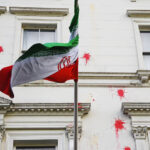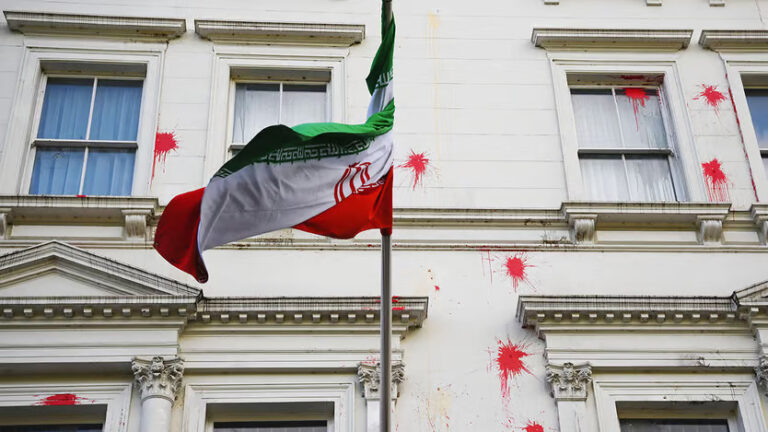By Jonathon Burch
KABUL (Reuters) – In a radical restructuring of its military command in southern Afghanistan, NATO said on Monday it had split the country’s most violent region in half in a bid to improve security by focusing on smaller geographical areas.
Although the shake-up had been planned for many months, Monday’s announcement marked the official start of a new Regional Command Southwest (RC-SW), reflecting the influx of thousands of new U.S. troops into the region.
The move comes as more than 20,000 foreign and Afghan troops prepare to push the Taliban out of their spiritual heartland in southern Kandahar province in a series of operations expected to last several months.
The bulk of President Barack Obama’s 30,000 U.S. reinforcements pledged in December will be stationed in the violent south as part of U.S. and NATO commander General Stanley McChrystal’s strategy to focus on the insurgents’ strongholds.
In a statement on Monday, NATO said the new structure allowed commanders to deliver improved security in the region by focusing on smaller geographical areas and ensuring greater partnering with Afghan forces.
“For military command and control, the sheer amount of forces in the south was more than one command could be in charge of,” said Chief Public Affairs Officer for NATO-led forces, Colonel Wayne Shanks.
Previously, all international forces in the south came under one command — Regional Command South (RC-S) — responsible for six provinces. That command will now control around 30,000 troops in four provinces.
The new southwestern command will be in charge of some 27,000 troops in Helmand, where thousands of U.S. Marines and British forces conducted a major offensive this year, and Nimroz, a largely desert province that shares a long border with Iran.
The shake-up also means the majority of the 9,500 British troops who are based in Helmand, will come under the command of a U.S. Marine general, which had caused some controversy in Britain that they would effectively be ceding control of the province.
British forces moved into Helmand in 2006 where they have been involved in very heavy fighting and almost 300 British troops have been killed since the U.S.-led invasion in late 2001.
Last month, however, the British military denied the change meant handing control of Helmand to the United States, adding that senior British officers would still be based at Helmand headquarters.
With Canada’s 2,800-strong force in Kandahar due to withdraw at the end of 2011, there has also been media reports that some senior military figures favored redeploying British troops there.
But Britain’s Defense Secretary Liam Fox last week said it was highly unlikely British troops would replace Canadians in Kandahar when they pull out.
The amount of troops in Afghanistan is set to peak by the year’s end at 150,000, including around 100,000 Americans. Britain is the second highest troop contributor with just under 10,000 troops in the country.
On his first visit to Afghanistan as the new British Prime Minister, David Cameron said he supported Obama’s strategy of sending more troops but ruled out deploying more British forces.
(Editing by David Fox)











+ There are no comments
Add yours